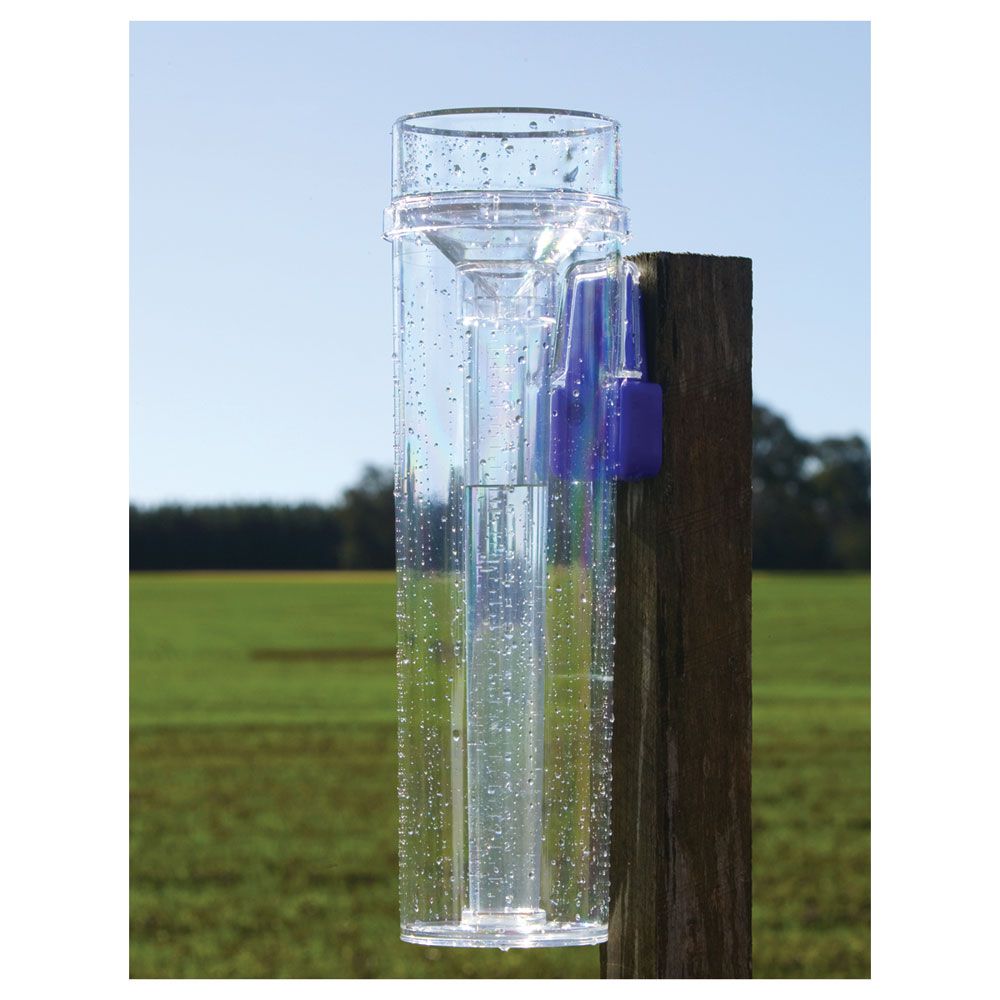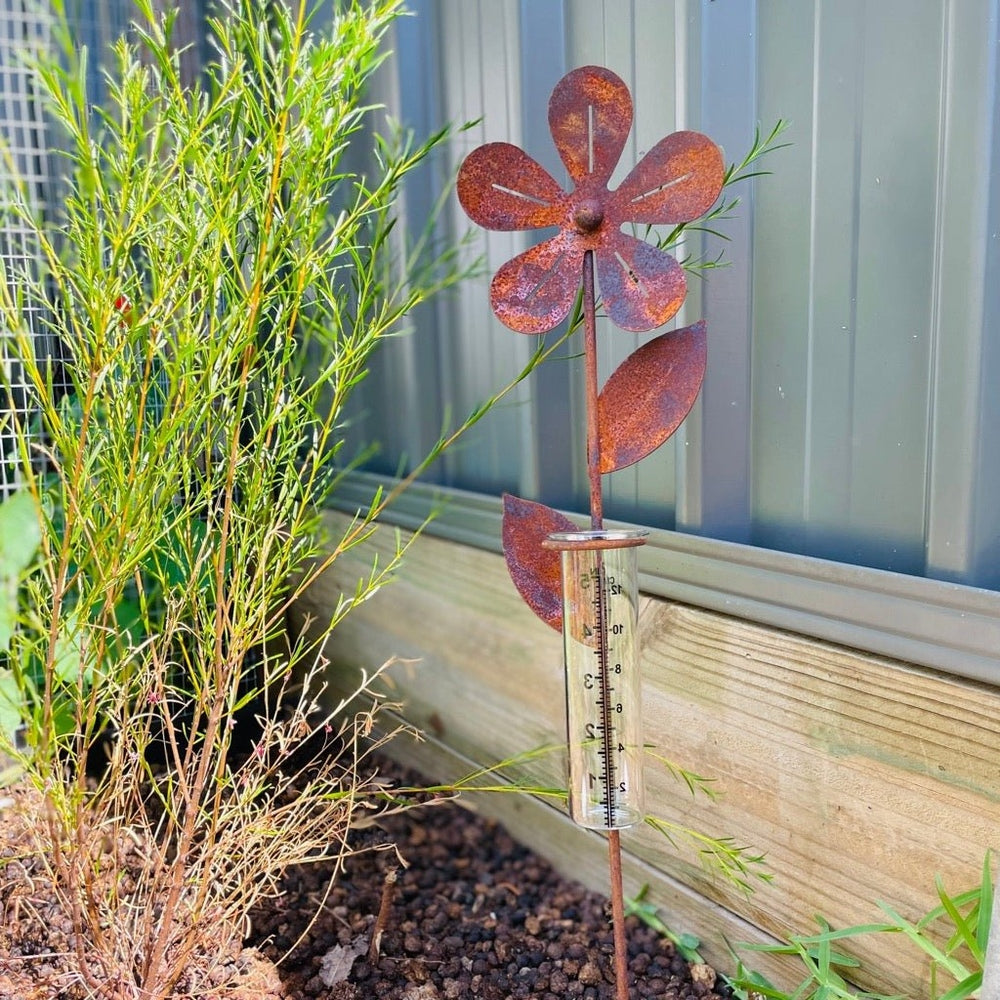Unveiling the Science Behind Rainfall Gauges: How These Instruments Play a Vital Duty in Climate Research and Ecological Surveillance
Rainfall assesses, apparently straightforward tools, hold a profound relevance in the world of climate study and environmental surveillance. As we peel off back the layers of this clinical shroud surrounding rain evaluates, we uncover a world where accuracy, data precision, and meticulous monitoring converge to reveal a deeper understanding of our altering environment and its influence on the earth.
Relevance of Rainfall Scales
Rainfall gauges play an important function in surveillance and determining rainfall degrees, providing necessary information for climate research study and evaluation. These gadgets are basic in quantifying the quantity of rainfall that occurs in a particular location over a particular duration. By gauging and gathering rainwater, rainfall assesses offer valuable understandings into the distribution and intensity of rainfall, helping meteorologists, hydrologists, and climatologists in comprehending weather condition patterns and fads.
Furthermore, long-term information accumulated from rainfall determines aids in evaluating environment modification influences and patterns, contributing considerably to scientific research study and decision-making processes. In significance, rain assesses offer as essential devices in the area of weather forecasting and ecological scientific research, playing a critical duty in progressing our understanding of weather condition and environment characteristics.
Kinds Of Rainfall Gauges

Functionality and Procedure
In the realm of climate study and atmospheric research studies, the performance of rain determines lies in their elaborate capability and precise functional devices. Rainfall assesses are designed to properly gauge the amount of precipitation that falls over a details location throughout a collection duration.
The performance of rainfall gauges is based upon the concept of collecting and measuring rainwater in a standard manner. This gathered information is vital for recognizing neighborhood weather patterns, tracking long-term climate trends, and examining environmental impacts. To ensure precise dimensions, rainfall evaluates demand to be strategically placed in open locations away from blockages such as buildings or trees that might disrupt the collection procedure.
The operational facet of rainfall assesses includes routine maintenance to avoid debris buildup, calibration advice checks to preserve dimension accuracy, and data tape-recording for analysis (rain gauge). On the whole, the capability and procedure use this link of rain evaluates are necessary for gathering trustworthy precipitation data important to environment research study and ecological monitoring
Duty in Climate Study
Given the critical value of precise rainfall dimensions in comprehending weather condition patterns and ecological impacts, the function of rain assesses in climate study is crucial. Rain determines give crucial information for climate study by evaluating the amount of precipitation that drops over a certain area throughout an offered duration. This information is crucial for monitoring long-term patterns in rainfall patterns, assessing the impact of environment change on rains distribution, and enhancing environment versions.

Climate scientists utilize data collected from rainfall evaluates to examine variations in rainfall levels, determine regional climate fads, and review the efficiency of water source administration techniques. By comparing historical rainfall data with present measurements, researchers can find shifts in precipitation patterns, such as modifications in the frequency or strength of rains occasions. This info is essential for recognizing exactly how climate change is influencing rainfall dynamics and can assist policymakers make notified decisions pertaining to adaptation and mitigation approaches.
Applications in Environmental Monitoring

In flood projecting, rain gauge information assists to track rainfall intensity and circulation, enabling authorities to provide timely warnings and take necessary steps to reduce flood risks (rain gauge). Dry spell tracking depends on rain gauge information to examine moisture degrees in the dirt and track my site rainfall deficits, assisting in the recognition of drought-prone locations and the execution of dry spell reaction techniques
Moreover, rain gauge data plays an essential role in water source management by supplying information on water availability and usage trends. Additionally, in agriculture, rainfall gauge data assists farmers in optimizing irrigation routines, crop option, and total ranch monitoring techniques based on local rainfall patterns.
Final Thought
To conclude, rain assesses are essential tools for measuring precipitation, giving beneficial data for climate research study and ecological monitoring. With various kinds and functionalities, rainfall evaluates play an essential function in recognizing precipitation patterns and their effect on the setting. By accurately measuring rains, these devices add to the advancement of scientific knowledge and assistance in making educated decisions relevant to water resource administration and disaster preparedness.
Rainfall gauges play a vital function in surveillance and measuring rainfall levels, giving vital data for environment research study and analysis. The conventional rain scale, recognized as the "tipping pail" scale, is one of the most typically utilized devices. Ultrasonic rain evaluates usage noise waves to find the existence of rainfall, supplying real-time information on rainfall levels.Climate researchers make use of information gathered from rain assesses to analyze variations in precipitation levels, recognize local environment fads, and review the efficiency of water resource administration approaches.In verdict, rainfall assesses are vital devices for measuring precipitation, giving valuable information for climate research and ecological monitoring.